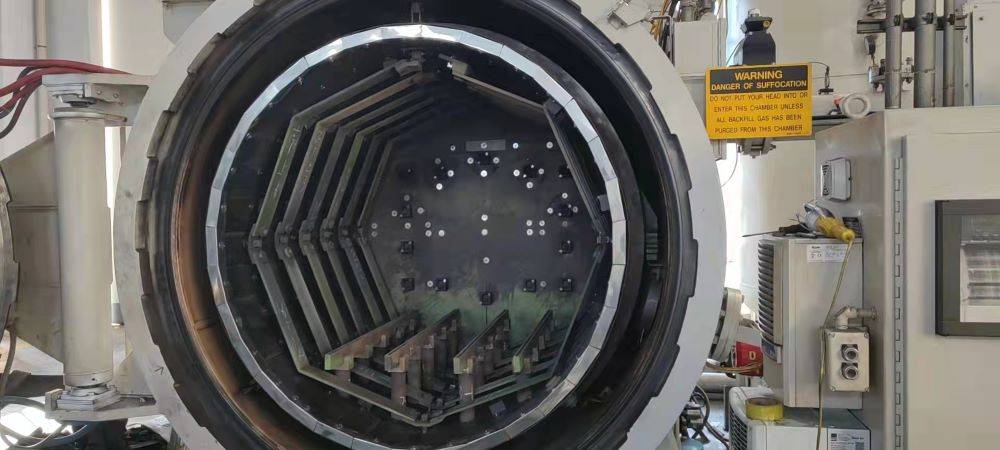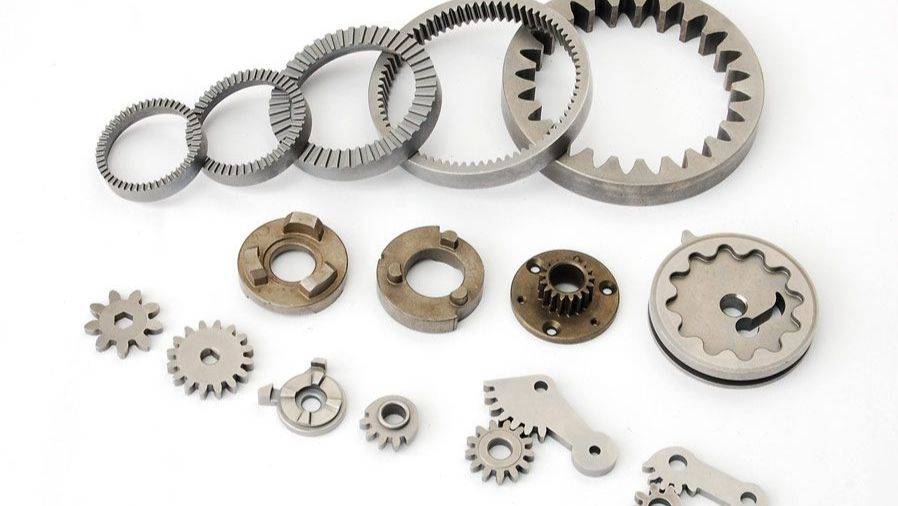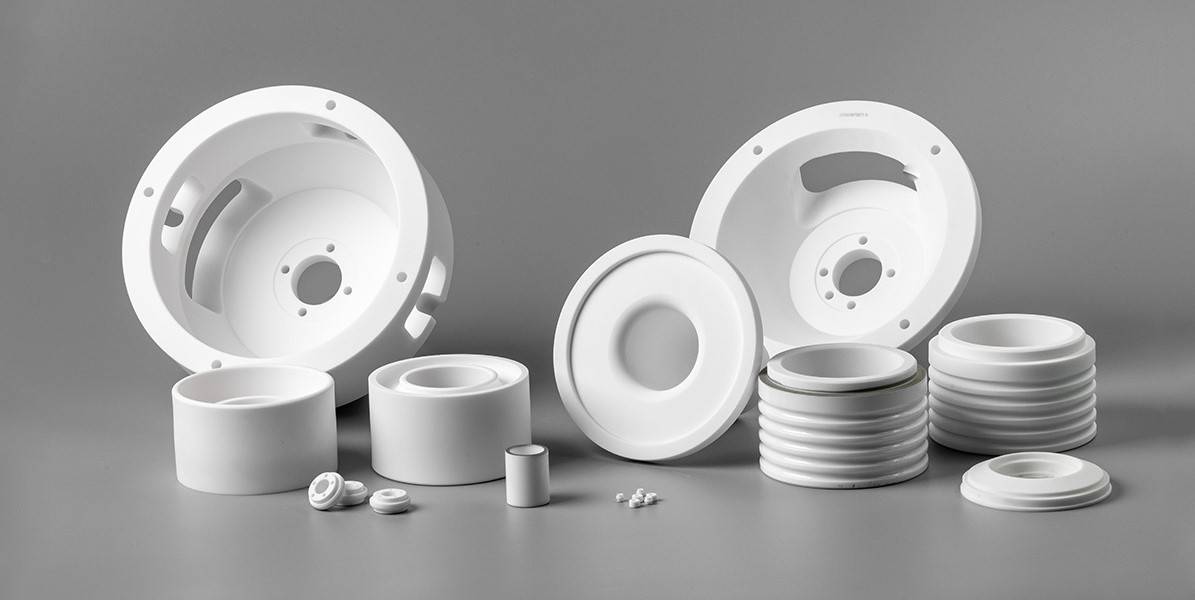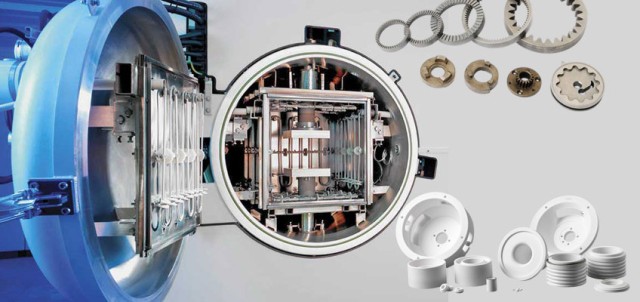Introduction to Hot Press Sintering
Definition and Benefits
Hot press sintering is a sophisticated process that involves the application of pressure during the sintering phase, which significantly enhances the contact between particles and facilitates efficient mass transfer. This method not only reduces the required temperature for sintering but also substantially shortens the production cycle, making it an ideal choice for the rapid preparation of high-quality ceramics, particularly silicon carbide.
The benefits of hot press sintering are manifold:
- Enhanced Particle Contact: By applying pressure, the process ensures that particles are brought into closer proximity, which is crucial for the formation of strong bonds.
- Improved Mass Transfer: The applied pressure aids in the movement of atoms, leading to better diffusion and more homogeneous material properties.
- Temperature Efficiency: Lower sintering temperatures are needed compared to conventional methods, which conserves energy and reduces thermal stress on the material.
- Reduced Production Time: The process is accelerated, allowing for quicker turnaround times without compromising the quality of the final product.
This technique is widely adopted in industries requiring high-performance ceramics, such as aerospace, automotive, and cutting tool manufacturing, due to its ability to produce dense, wear-resistant materials with superior mechanical properties.

Vacuum Hot Press Sintering Furnace
Applications
The vacuum hot press sintering furnace is a versatile tool with a wide range of applications in advanced materials processing. It is particularly well-suited for powder metallurgy, where it facilitates the consolidation of metal powders into dense, high-strength components. This process is crucial for the production of intricate parts in industries such as aerospace and automotive, where material integrity and performance are paramount.
In the realm of functional ceramics, the furnace plays a pivotal role in creating materials with specific electrical, magnetic, or thermal properties. These ceramics are essential in electronics, where they serve as insulators, conductors, or semiconductors, depending on the application. The precise control over temperature and pressure in the vacuum environment ensures that these materials exhibit the desired characteristics with high reliability.
Moreover, the furnace is indispensable for the high-temperature thermoforming of new materials. This includes the processing of advanced ceramics like silicon carbide and silicon nitride, which are known for their exceptional mechanical properties, including high hardness, wear resistance, and thermal stability. The vacuum sintering process allows for the creation of these materials with minimal porosity, leading to enhanced mechanical strength and durability.
Additionally, the furnace is utilized for the vacuum sintering of refractory metals, such as tungsten and molybdenum. These metals are characterized by their high melting points and excellent resistance to high temperatures, making them ideal for applications in high-temperature environments, such as in aerospace engines and industrial furnaces. The vacuum environment during sintering helps to eliminate impurities and ensures a homogeneous microstructure, which is critical for maintaining the performance of these materials under extreme conditions.
In summary, the vacuum hot press sintering furnace is a cornerstone in the development and production of advanced materials, enabling the creation of components with superior properties for a variety of high-tech applications.
Components
The vacuum hot press sintering furnace is a sophisticated piece of equipment composed of several critical components, each designed to work in harmony to achieve precise sintering conditions. At the heart of the furnace is the furnace body, which houses the entire sintering process. This body is often constructed from high-temperature resistant materials to withstand the extreme conditions encountered during operation.
Covering the furnace body is the furnace cover, which serves as a seal to maintain the vacuum environment necessary for sintering. This cover is typically made from materials that can withstand high temperatures and provide an airtight seal, ensuring the integrity of the vacuum.
The heating and temperature measurement system is another essential component. This system includes heating elements that can reach temperatures exceeding 2000°C, along with sophisticated temperature sensors to monitor and control the sintering process. The precision of this system is crucial for achieving the desired microstructure and properties in the final ceramic product.

To maintain the vacuum environment, the furnace is equipped with a vacuum system. This system includes pumps and valves that work together to evacuate air and other gases from the furnace chamber, creating the necessary low-pressure conditions for sintering. The vacuum system is often integrated with leak detectors to ensure the vacuum is maintained throughout the process.
The filling system is responsible for introducing the ceramic powder into the furnace. This system is designed to ensure uniform distribution of the powder within the furnace, which is critical for achieving consistent sintering results. The filling system may include mechanisms for mixing and dispensing the powder, ensuring that the material is evenly distributed before the sintering process begins.
To protect the furnace components from thermal damage, a water cooling system is employed. This system circulates water through cooling jackets integrated into the furnace body and other critical components, such as the pressurized heads. The water cooling system helps to dissipate heat and maintain the structural integrity of the furnace during prolonged high-temperature operations.
The control system is the brains of the furnace, overseeing all aspects of the sintering process. This system includes programmable logic controllers (PLCs) and human-machine interfaces (HMIs) that allow operators to monitor and adjust parameters such as temperature, pressure, and vacuum levels. The control system ensures that the sintering process proceeds according to predefined protocols, optimizing the outcome of the ceramic preparation.
Lastly, the pressurization system includes upper and lower pressurized heads that apply mechanical pressure to the ceramic powder during sintering. These heads are often made from water-cooled and graphite components to withstand the high temperatures and pressures involved. The pressurization system is crucial for enhancing particle contact and mass transfer, which are key to achieving dense and strong ceramic materials.
Applications in Ceramics Preparation
High-Temperature Wear-Resistant Ceramics
The vacuum hot press sintering furnace is an indispensable tool in the production of high-temperature wear-resistant ceramics, particularly for materials such as carbides, nitrides, and their carbon and nitrogen compounds. This specialized furnace facilitates the creation of denser, more resilient ceramics through a controlled sintering process that combines high temperatures with applied pressure.

The sintering system within the furnace plays a crucial role in enhancing the density of the final products. By applying pressure during the sintering phase, the system effectively increases particle contact and promotes mass transfer, which leads to a more compact and durable ceramic material. This method not only reduces the required sintering temperature but also significantly shortens the production cycle, making it a preferred technique in both academic research and industrial applications.
International research has extensively focused on the development of dense ceramics, leveraging the capabilities of vacuum hot press sintering furnaces. Studies have shown that this technique can produce ceramics with superior mechanical properties, including enhanced hardness, wear resistance, and thermal stability. These advancements are particularly significant in industries where high-performance materials are essential, such as aerospace, automotive, and cutting tool manufacturing.
In summary, the vacuum hot press sintering furnace is a cornerstone in the preparation of high-temperature wear-resistant ceramics, offering a robust solution for creating dense, high-performance materials that meet the stringent demands of various industrial applications.
Related Products
- Vacuum Hot Press Furnace Machine Heated Vacuum Press
- Vacuum Hot Press Furnace Heated Vacuum Press Machine Tube Furnace
- Vacuum Heat Treat and Pressure Sintering Furnace for High Temperature Applications
- 600T Vacuum Induction Hot Press Furnace for Heat Treat and Sintering
- Vacuum Dental Porcelain Sintering Furnace
Related Articles
- Materials Science with the Lab Vacuum Furnace
- Vacuum Hot Press Furnace: A Comprehensive Guide
- Molybdenum Vacuum Furnace: High-Temperature Sintering and Heat Treatment
- Exploring Tungsten Vacuum Furnaces: Operation, Applications, and Advantages
- Vacuum Induction Melting Furnace: Principle, Advantages, and Applications


















